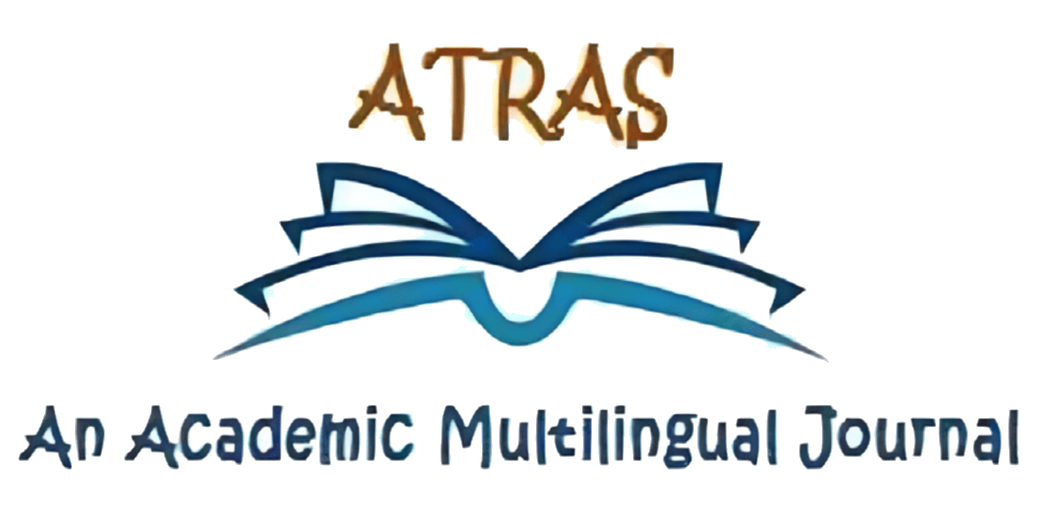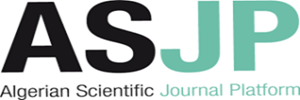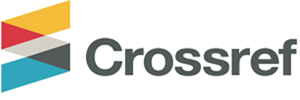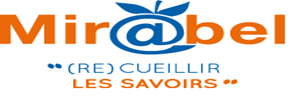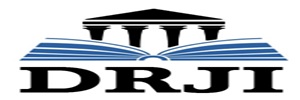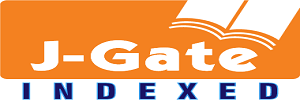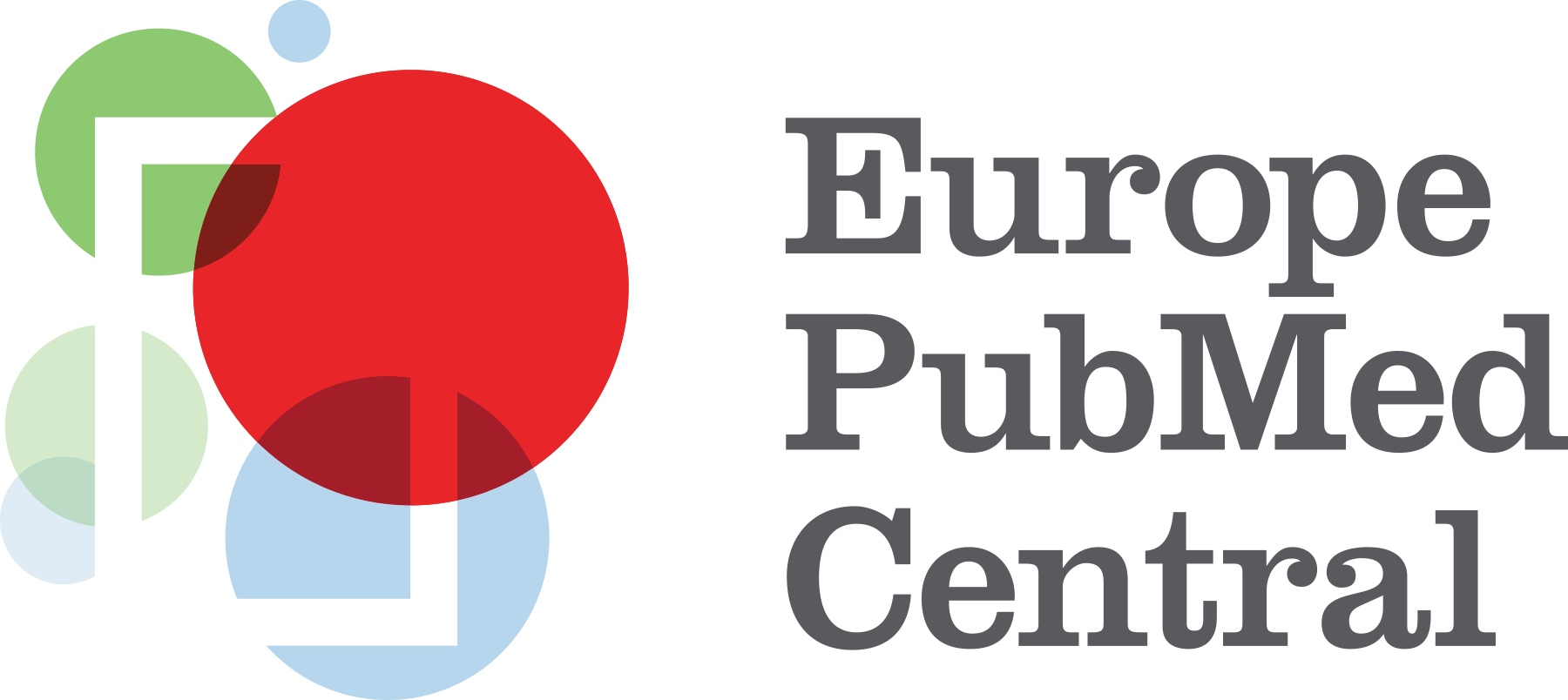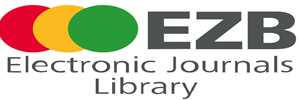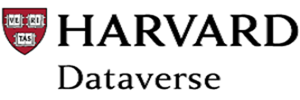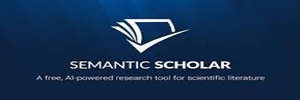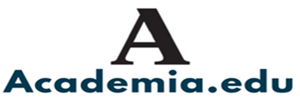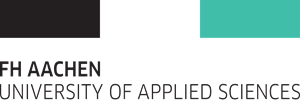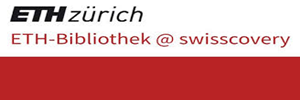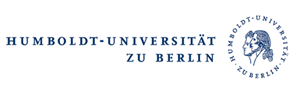Transforming Primary School Education in Algeria through Artificial Intelligence:
Enhancing Personalized Learning and Addressing Challenges
Mr. Choayb DJOUIBA
PhD Student, ERIAC Laboratory, Doctoral School of
Humanity ED558,
University of Rouen in Normandy, FRANCE.
choayb.djouiba@univ-rouen.fr![]() 0009-0009-2187-8764
0009-0009-2187-8764
Abstract
This article examines how artificial intelligence is transforming primary school education in Algeria, particularly in enhancing individualized learning. The rapid advancement of information technology underscores the necessity of integrating AI into educational institutions. The study employs an informative approach, utilizing outcomes from previous studies to gather data. The findings indicate that AI improves student engagement and streamlines administrative tasks, allowing educators to concentrate on instruction. Additionally, AI tools foster student involvement by catering to diverse learning styles and providing valuable insights for informed decision-making in curriculum design and resource allocation. While AI offers advantages such as personalized learning and increased motivation, challenges like biases, privacy concerns, and the need for reliable data must be addressed. Ensuring ethical AI use is crucial for maintaining trust. To fully harness AI’s potential, ongoing professional development for educators is essential, focusing on effective tool utilization and data interpretation. Ultimately, the article advocates for a more inclusive learning environment that meets the varied needs of all students, preparing them for a technology-driven future.
Keywords: Artificial Intelligence, educational institutions, individualized learning, Professional Development, Students’ motivation
DOI:
https://doi.org/10.70091/atras/AI.14
How to Cite this Paper :
Djouiba, C. (2024). Transforming Primary School Education in Algeria through Artificial Intelligence: Enhancing Personalized Learning and Addressing Challenges. Atras Journal, 5(Special Issue), 226-235.
References:
Al Bahrani, M., Gombos, Z., & Cree, A. (2018). The mechanical properties of functionalised MWCNT infused epoxy resin: A theoretical and experimental study. International Journal of Mechanical and Mechatronics Engineering, 18, 76-86. Available at https://www.researchgate.net/publication/324152511_The_mechanical_properties_of_functionalised_MWCNTinfused_epoxy_resin_A_theoretical_and_experimental_study
Al Bahrani, M., Alhakeem, M. R. H, & Cree, A. (2020). Damage sensing and mechanical properties of a laminate composite material containing MWCNTs during low-velocity impact. Journal of Petroleum Research and Studies, 10(4), 147-164. https://doi.org/10.52716/jprs.v10i4.375
Al Bahrani, M., Majdi, HS., Abed, AM., & Cree A. (2022). An innovative method to monitor the health condition of the thermoelectric cooling system using nanocomposite-based CNTs. International Journal of Energy Research, 46(6), 7519-7528. doi: https://doi.org/10.1002/er.7657
Al-Abboodi, H., Huiqing, F., Ibtihal, A. M., & Al-Bahrani, M (2021). Experimental Investigation and Numerical Simulation for Corrosion Rate of Amorphous/Nano-Crystalline Coating Influenced by Temperatures. Nanomaterials 11,(12), 3298. https://doi.org/10.3390/nano11123298
Alarabi, K., & Wardat, Y. (2021). UAE-based teachers’ hindsight judgments on physics education during the COVID-19 pandemic. Psychology and Education Journal, 58(3), 2497-2511. URL: http://psychologyandeducation.net/pae/index.php/pae/article/view/4283
AlArabi, K., Tairab, H., Wardat, Y., Belbase, S., & Alabidi, S. (2022). Enhancing, the learning of Newton’s second law of motion using computer simulations. Journal of Baltic Science Education, 21(6), 946-966. https://doi.org/10.33225/jbse/22.21.946
Alneyadi, S., Wardat, Y., Alshannag, Q., & Abu-Al-Aish, A. (2023). The effect of using smart, e-learning app on the academic achievement of eighth-grade students. Eurasia Journal of Mathematics, Science and Technology Education, 19(4), em2248. https://doi.org/10.29333/ejmste/13067
Balamurugan, R. et al. (2022). Design and multiperspective-based performance investigations of H-Darrieus vertical axis wind turbine through computational fluid dynamics adopted with moving reference frame approaches. International Journal of Low-Carbon Technologies, 17, 784-806, https://doi.org/10.1093/ijletictac055
Chhatwal, M., Garg, V., & Rajput, N. (2023). Role of AI in the Education Sector. Lloyd Business Review, 1-7. https://doi.org/10.56595/1br.v2i1.11
Dubey, N. (2024). Artificial Intelligence: Use in Teaching-Learning Process in Education. International Journal of Progressive Research in Engineering Management and Science (IJPREMS), 04(07), 746-748. Retrieved from https://www.ijprems.com/uploadedfiles/paperlli s sue_7_ july2024/35454/final/fin_ijprems 1720843550.pdf
Gningue, S. M., Peach, R., Jarrah, A. M., & Wardat, Y. (2022). The Relationship between Teacher Leadership and School Climate: Findings from a Teacher-Leadership Project. Education Sciences, 12(11) 749. https://doi.org/10.3390/educsci12110749
Harry, A. (2023). Role of AI in Education. Interdisciplinary Journal and Humanity (INJURITY), 2(3), 260-268. https://doi.org/10.58631/injurity.v2i3.52
Ibrahim, H. K., Al-Awkally, N. M., Waqar, S. A., & Muhammad, H. (2022). Covid-19 Pandemic and Its Impact on Psychological Distress, Malignancy and Chronic Diseases: A Scoping Review. Eduvest-Journal Of Universal Studies, 2(5), 1017-1021. DOI: https://doi.org/10.59188/eduvest.v2i5.455
Jarrah, A. M., Almassri, H., Johnson, J. D., & Wardat, Y. (2022a). Assessing the impact of digital games-based learning on students’ performance in learning fractions using (ABACUS) software application. Eurasia Journal of Mathematics, Science and Technology Education, 18(10), em2159. https://doi.org/10.29333/ejmste/12421
Jarrah, A. M., Wardat, Y., & Gningue, S. (2022b). Misconception on addition and subtraction of fractions in seventh-grade middle school students. Eurasia Journal of Mathematics, Science and Technology Education, 18(6), em2115. https://doi.org/10.29333/ejmste/12070
Khan, M. F. et al. (2022). Sustainable adsorptive removal of high-concentration organic contaminants from water using biodegradable Gum-Acacia integrated magnetite nanoparticles hydrogel adsorbent.Inorganic Chemistry Communications, 145, 110057. DOI: https://doi.org/10.1016/j.inoche.2022.110057
Kumar, T. et al. (2022). A New Vehicle Tracking System with R-iCNN and Random Forest Classifier for Disaster Management Platform to Improve Performance. 2022 2nd International Conference on Technological Advancements in Computational Sciences (ICTACS), 797-804. IEEE. doi: https://doi.org/10.1109/ICTACS56270.2022.9988024
Madasamy, S. et al. (2022). Design, development and multi-disciplinary investigations of aerodynamic, structural, energy and exergy factors on a 1 kW horizontal-axis wind turbine. International Journal of Low-Carbon Technologies, 17, 1292— 1318. DOI : https://doi.org/10.1093/ij lct/ctac091
Mohammed, A., Samad, A., & Omar, 0. A. (2022). Escherichia coli spp, Staph albus and Klebseilla .spp were affected by some Antibiotics for Urinary Tract Infections in Bath Waleed City. Brilliance: Research of Artificial Intelligence, 2(2), 66-70. https://doi.org/10.47709/brilliance.v2i2.1564
Nguyen, N. D. (2023). Exploring the role of AI in education. London Journal of Social Sciences, (6), 84-95. https://doi.org/10.31039/1jss.2023.6.108
Rana, A. et al. (2022). Secure and Smart Healthcare System using IoT and Deep Learning Models. 2022 2nd International Conference .on Technological Advancements n Computational Sciences (ICTACS), 915-922. IEEE. DOI • https://doi.org/10.1109/ICTACS56270.2022.9988676
Reddy Yeruva, A. et al. (2023). A Secure Machine Learning-Based Optimal Routing n Ad Hoc Networks for Classifying and Predicting Vulnerabilities. Cybernetics and Systems, 1-12. https://doi.org/10.1080/01969722.2023.2166241
Samad, A. et al. (2022a). Current Perspectives on the Strategic Future of the Poultry Industry After the COVID-19 Outbreak. Brilliance: Research of Artificial Intelligence, 2(3), 90-96. https://doi.org/10.47709/brilliance.v2i3.1597
Samad, A. . et al. (2022b). Policy of control and prevention of infectious bursal disease at poultry farm. African Journal of Biological, Chemical and Physical Sciences, 1(1), 1— 7. DOI: https://doi.org/10.57040/ajbcps.v1i1.175
Samad, A. (2022c). Antibiotics Resistance n Poultry and its Solution. Devotion Journal of Community Service, 3(10), 999-1020. DOI: https://doi.org/10.36418/dev.v3i10.206
Samudrala, V. et al. (2022). Smart Water Flow Monitoring and Theft Detection System using IoT. 2022 International Conference on Automation, Computing and Renewable Systems (ICACRS), Pudukkottai, India, 239-245. DOI: https://doi.org/10.1109/ICACRS55517.2022.10029129
Shrivastava, A., Suji Prasad, S. J., Yeruva, A. R., Mani, P., Nagpal, P., & Chaturvedi, A. (2023). IoT-Based RFID Attendance Monitoring System of Students using Arduino ESP8266 & Adafruit.io on Defined Area. Cybernetics and Systems, 1-12. https://doi.org/10.1080/01969722.2023.2166243
Tariq, S. et al. (2022). Salmonella n Poultry; An Overview. International Journal of Multidisciplinary Sciences and Arts, 1(1), 80-84. DOI: https://doi.org/10.47709/ijmdsa.v1i1.1706
Wardat, Y., Belbase, S., & Tairab, H. (2022). Mathematics Teachers’ Perceptions of Trends in International Mathematics and Science Study (TIMSS)-Related Practices in Abu Dhabi Emirate Schools. Sustainability (Switzerland), 14(9), Article 5436. https://doi.org/10.3390/sul4095436
Wu, X., Fan, H., Wang, W., Zhang, M. Al-Bahrani, M., & Ma, L. (2022). Photochemical synthesis of bimetallic CuNiSx quantum dots onto g-C3N4 as a cocatalyst for high hydrogen evolution. New Journal of Chemistry, 46(31), 15095-15101. https://doi.org/10.1039/D2NJ03115A
Yang, X. et al. (2022). Fabrication of CuCo2S4 yolk-shell spheres embedded with, S-scheme V205-deposited on wrinkled g-C3N4 for effective promotion of levofloxacin photodegradation. Separation and Purification Technology, 301, 122005. DOI: https://doi.org/10.1016/j.seppur.2022.122005
Zahmatkesh, S. et al. (2022). An approach to removing COD and BOD based on polycarbonate mixed matrix membranes that contain hydrous manganese oxide and silver nanoparticles: A novel application of artificial neural network based simulation in MATLAB. Chemosphere, 308, 136304. DOI: https://doi.org/10.1016/j.chemosphere.2022.136304
Zarei, M. et al. (2022). Evaluation of fracture behavior of Warm mix asphalt (WMA) modified with hospital waste pyrolysis carbon black (HWPCB) under freeze-thaw damage (FTD) at low and intermediate temperatures. Construction and Building Materials, 356, 129184. DOI: https://doi.org/10.1016/j.conbuildmat.2022.129184

Copyright for all articles published in ATRAS belongs to the author. The authors also grant permission to the publisher to publish, reproduce, distribute, and transmit the articles. ATRAS publishes accepted papers under the Creative Commons Attribution-NonCommercial 4.0 International (CC BY-NC 4.0) License. Authors submitting papers for publication in ATRAS agree to apply the CC BY-NC 4.0 license to their work. For non-commercial purposes, anyone may copy, redistribute material, remix, transform, and construct material in any media or format, provided that the terms of the license are observed and the original source is properly cited.
